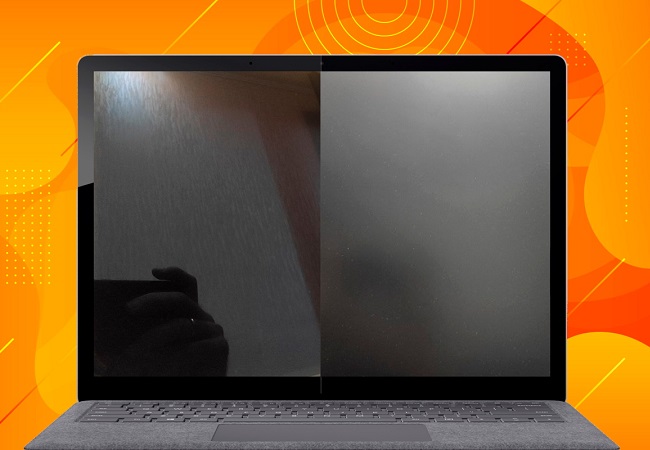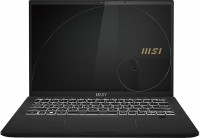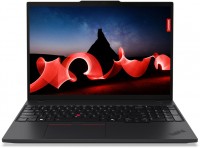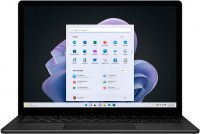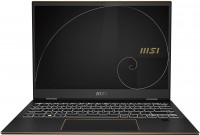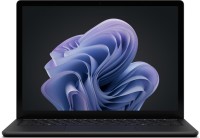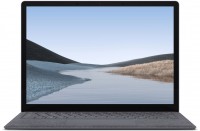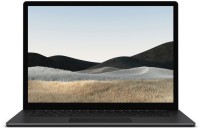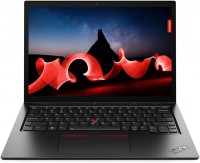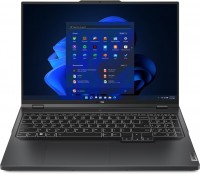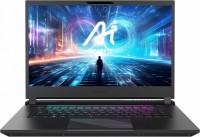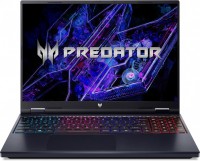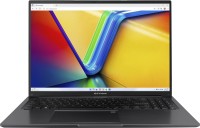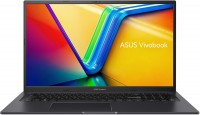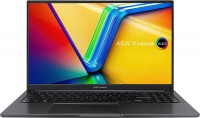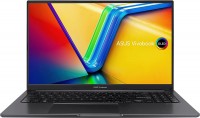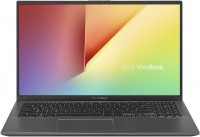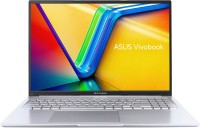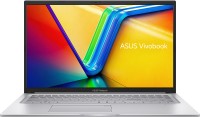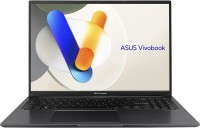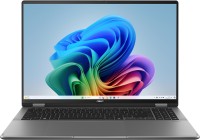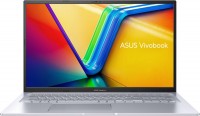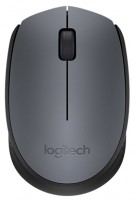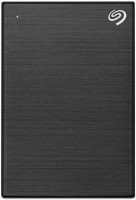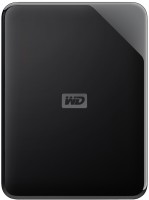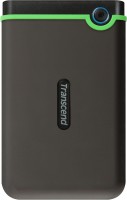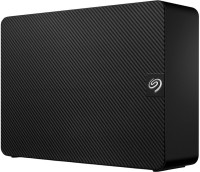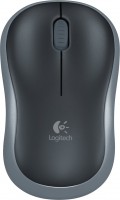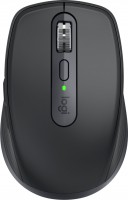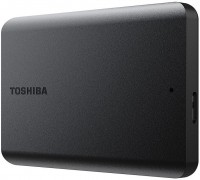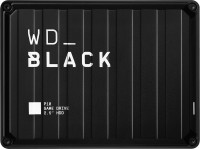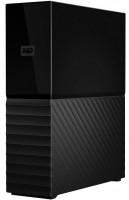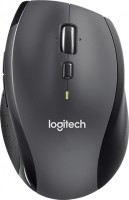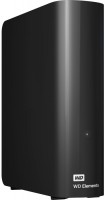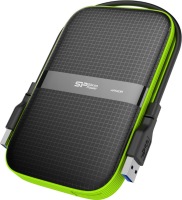Asus Vivobook 15 X1504ZA
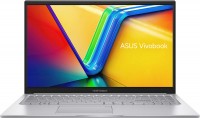 |
| This model is out of stock |
Well-balanced 15-inch laptops from the versatile 2023 Asus Vivobook lineup. They belong to the middle class, have a wide range of hardware configurations, and are aimed at a fairly wide range of users - from copywriters and students to marketers, photographers and coders. As always, the emphasis in the Vivobook series is on improving working comfort. In particular, IPS displays are equipped with a built-in blue light filter and built-in backlight flicker reduction technology, which minimize eye strain during the working day.
The plastic body is moderate in weight and thickness (1.7kg, 18mm) and boasts a MIL-STD-810 rating, making it a valuable tool for working and communicating on the go. Compared to the previous generation Vivobook models, Asus engineers developed the Ergo Sense keyboard, returning the Numpad to its rightful place, making the keycaps a little more concave, and the membrane keys themselves more elastic.
On top of the keyboard, a special antibacterial coating Antimicrobial Guard Plus was applied. Thanks to the use of the Intel Evo platform, the Asus Vivobook 15 laptops show durability in terms of power and can easily work through a whole day on a single battery charge (plus there is a fast charge). At the same time, the user is free to choose between entry-level modifications with Core i3 chips and 8 GB of RAM, or much more powerful variations based on Core i5 / i7 and 16 GB of RAM.
In all cases, Intel's Alder Lake (12th generation) APUs are used for optimal performance. Intel engineers implemented an interesting idea by dividing the cores into two types: performance P-cores and energy-efficient E-cores. P-cores are activated when high performance is required, while E-cores are used for simple tasks such as web browsing or Google Docs reporting. This optimization allows you to efficiently allocate processor resources depending on the needs of the user.
